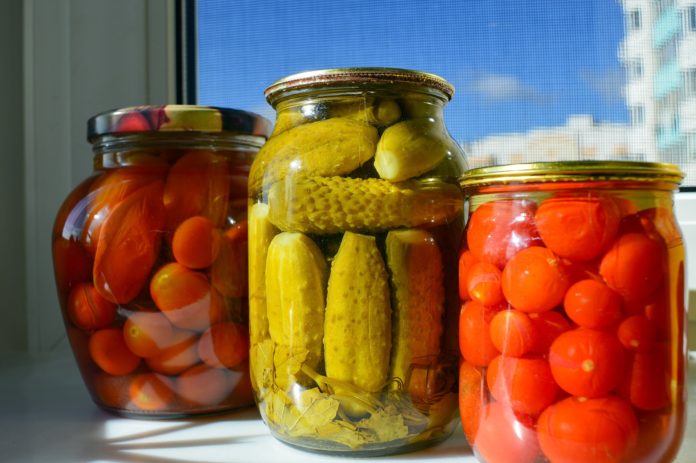Canning and pickling are both popular methods of preserving your food for later use, but that doesn’t necessarily make them the same. Despite a long list of similarities, canning and pickling aren’t interchangeable, and certain foods don’t benefit from both methods.
Canning
Canning is a method of preserving foods by sealing them in airtight containers. This method allows you to give your food longer shelf life, typically ranging from 1-5 years or even more.
The process of preserving canned goods involves boiling preserved foods after the lids have been placed. This technique doesn’t work for every type of food, especially certain fruits and veggies—such as cauliflower and cabbage—and that’s where pickling comes in.
Pickling
Pickling is also a method of food preservations, just like canning, but covering foods with boiling hot brine or vinegar is a must in this case. This process produces lactic acid, thus preventing spoilage of the food in the long run.
Pickled foods usually can’t last as long as canned ones, but they can be preserved for a couple of months. Their texture, taste, and flavor will be affected by acidity and salinity, but the right combination of the ingredients will lead to a great new taste.






